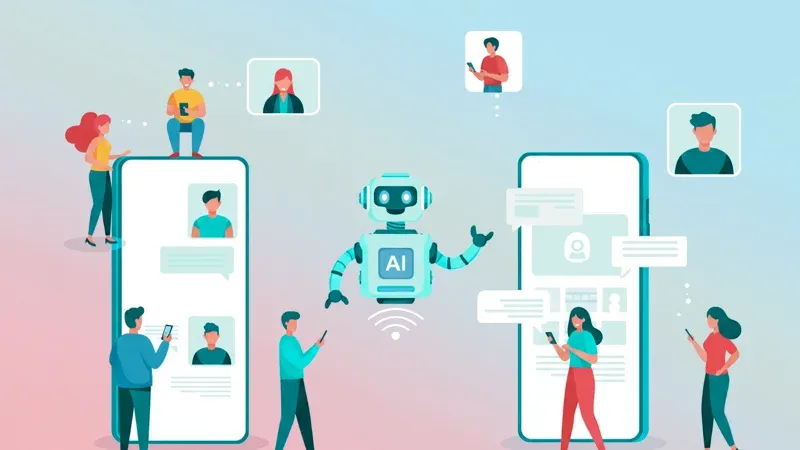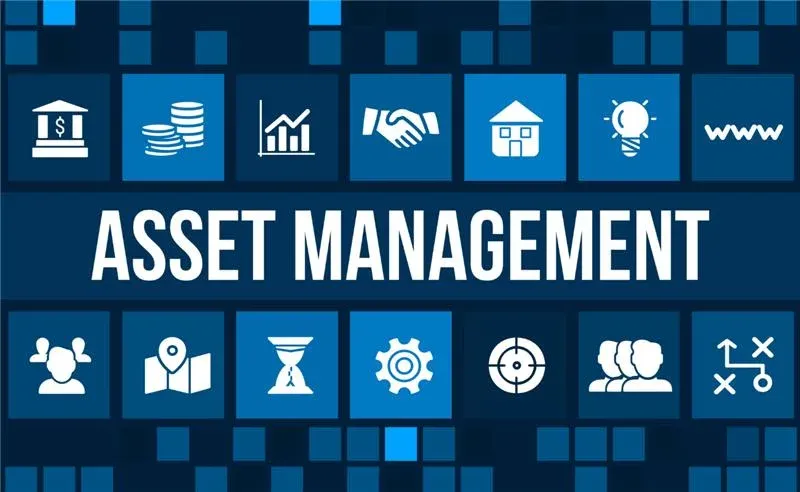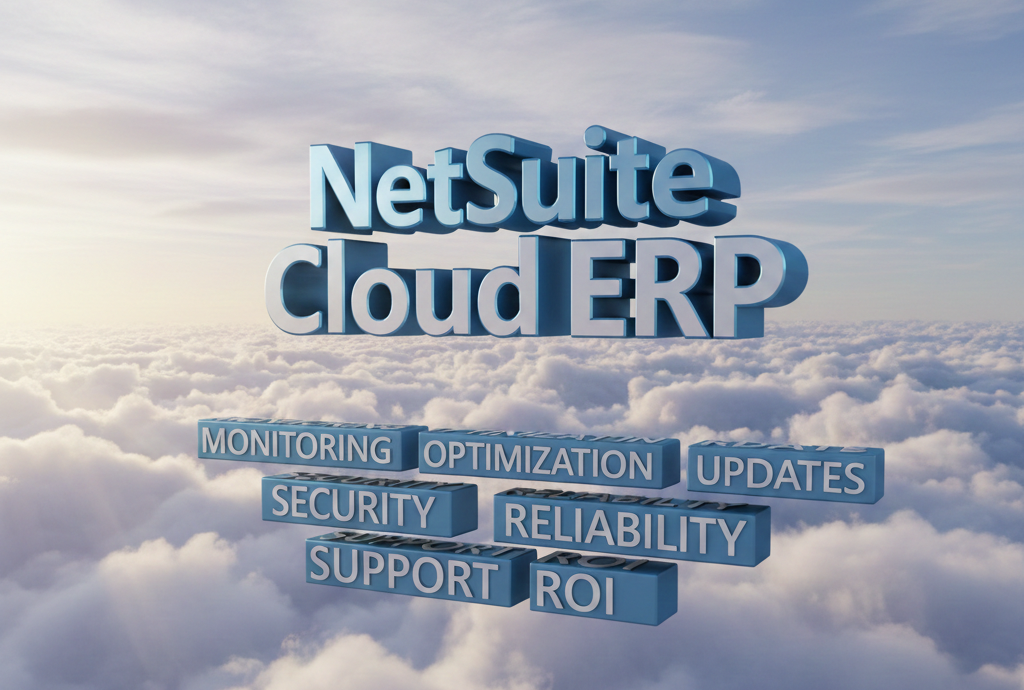ERP transformations often go over budget, over time, and overwhelm teams. Using AI as a user interface-layered on top of your current ERP—can help simplify the process without a full system replacement.
This approach improves usability, speeds up access to insights, and reduces disruption. Here’s how it works—and how to get it right.
What Is an AI Interface for ERP Systems?
An AI interface is a layer that sits on top of your ERP and lets users interact with the system using natural language, smart prompts, or simplified workflows.
Instead of rebuilding your ERP, you keep the core system and use AI to streamline how people access data and complete tasks. This reduces training time, improves adoption, and helps teams make decisions faster.
Why Do Traditional ERP Transformations Fail?
They often take too long, cost too much, and require too much change all at once.
ERP projects are complex. Many involve custom development, process redesign, and large-scale training. That creates delays, cost overruns, and user resistance. In many cases, companies don’t see ROI for years—or ever.
How Does an AI Overlay Improve ERP Usability?
It makes your ERP easier to use without replacing it.
An AI interface simplifies access to ERP data, automates routine tasks, and gives users a more intuitive way to interact with the system.
Key benefits:
- Ask questions in plain language (“What are today’s pending invoices?”)
- Automate repetitive workflows without writing code
- Get personalized suggestions based on roles or past actions
- Avoid deep system navigation or complex reports
Main Advantages of AI-Driven ERP Interfaces?
1. Less dependency on developers
Users can configure dashboards, alerts, or workflows without needing custom code.
2. Faster access to key data
Instead of pulling reports manually, teams can ask AI for real-time insights.
3. Lower training burden
Because the underlying system stays the same, users don’t need to relearn everything.
4. Cost savings over time
AI overlays reduce the need for expensive system upgrades or ongoing customizations.
Can You Use AI with a Legacy ERP?
Yes, in some cases—but it depends on the system’s integration capabilities.
If your ERP supports APIs or middleware, an AI interface can connect to it. Older systems may need upgrades or connectors to support data access. Start by assessing which parts of your ERP can be enhanced first (e.g., reporting, workflows).
What Happens If Your ERP Data Is a Mess?
Bad data leads to bad AI results.
AI interfaces rely on structured, accurate data. If your ERP has duplicates, inconsistencies, or missing fields, the AI can’t deliver reliable outputs.
What to do:
- Standardize naming and formats
- Resolve duplicates across departments
- Set up data governance rules
Cleaning your data is a non-negotiable step before layering in AI.
What If Employees Resist AI or Workflow Changes?
Start small and show quick wins.
Even simple interface changes can feel like a disruption. Some employees may worry that AI will replace their roles or complicate their tasks.
How to ease adoption:
- Use AI to automate low-value tasks first
- Involve users early and gather feedback
- Highlight how AI saves time, not jobs
Are There Hidden Costs in AI ERP Tools?
Yes—licensing fees, vendor lock-in, or limited customization may apply.
Not all AI tools are open or portable. Some charge per user, limit features to certain tiers, or prevent easy export.
Before choosing a tool:
- Ask if it supports open integration
- Check whether workflows can be migrated
- Review pricing structures carefully
Is Security a Concern with AI Overlays?
Yes, if access isn’t managed correctly.
Any new interface increases the potential surface area for risk. AI tools that expose sensitive ERP data must follow the same access controls and compliance policies.
Best practices:
- Use role-based access
- Encrypt data in motion and at rest
- Keep audit logs of actions taken via AI
Especially in industries like finance, healthcare, or manufacturing, this matters.
Real-World Examples of AI in ERP Interfaces
Manufacturing:
Companies use AI to detect defects or track production issues without logging into ERP dashboards.
Public sector:
Some local governments rolled out lightweight, AI-powered ERP tools in under 4 months—far faster than traditional timelines.
Service firms:
AI “assistants” embedded in Teams or Slack fetch ERP data on command—no need to open the system.
What these examples show:
Organizations are moving toward small, modular improvements rather than multi-year rebuilds.
Best Practices for Adding AI to ERP?
Follow these steps for a smoother rollout:
- Start with one problem area
Use AI to improve reporting, approvals, or one-time-heavy workflow. - Clean your ERP data
Reliable data is critical for AI to work. - Choose flexible tools
Avoid platforms that force you into long-term contracts or prevent integration. - Roll out in phases
Begin with one team or department, then expand based on feedback. - Focus on security
Match or exceed your ERP’s security protocols. - Involve users early
Gather feedback, adjust features, and create champions inside the business.
Final Take: Is This Approach Right for You?
If your ERP project is delayed, over-budget, or struggling with adoption, AI overlays offer a practical alternative. You don’t need to start from scratch. You just need a better way for people to use the system they already have.
This won’t fix every ERP problem—but it can make the system more usable, less intimidating, and easier to evolve.
Frequently Asked Questions
What is an AI interface for ERP systems?
An AI interface is a layer on top of your ERP that lets users interact using natural language, smart prompts, or simplified workflows, without rebuilding the core system.
How can AI reduce ERP transformation challenges?
AI simplifies access to data, automates repetitive tasks, improves usability, and speeds up decision-making, reducing the cost, time, and complexity of traditional ERP projects.
Can AI work with legacy ERP systems?
Yes, if your ERP supports APIs or middleware. Some older systems may need connectors or upgrades to allow AI integration.
What are the benefits of using AI overlays in ERP?
Key benefits include faster access to data, less dependency on developers, lower training burden, improved user adoption, and cost savings over time.
Do AI interfaces require clean ERP data?
Yes, AI relies on accurate and structured data. Duplicates, inconsistencies, or missing fields can lead to unreliable results.
How do you handle employee resistance to AI in ERP?
Start small, automate low-value tasks first, involve users early, and show quick wins. Focus on how AI saves time rather than replacing jobs.
Are there hidden costs with AI ERP tools?
Some tools may have licensing fees, vendor lock-in, or limited customization. Always check integration capabilities, pricing tiers, and workflow portability.
Is using AI with ERP secure?
Yes, if proper security measures are followed, including role-based access, data encryption, and audit logs. Compliance should match or exceed your ERP standards.
What are examples of AI in ERP interfaces?
Manufacturing companies track production issues, governments implement lightweight ERP tools, and service firms use AI assistants in Slack or Teams to fetch ERP data.
What are best practices for adding AI to ERP?
Focus on one problem area first, clean your data, choose flexible tools, roll out in phases, prioritize security, and involve users early.







